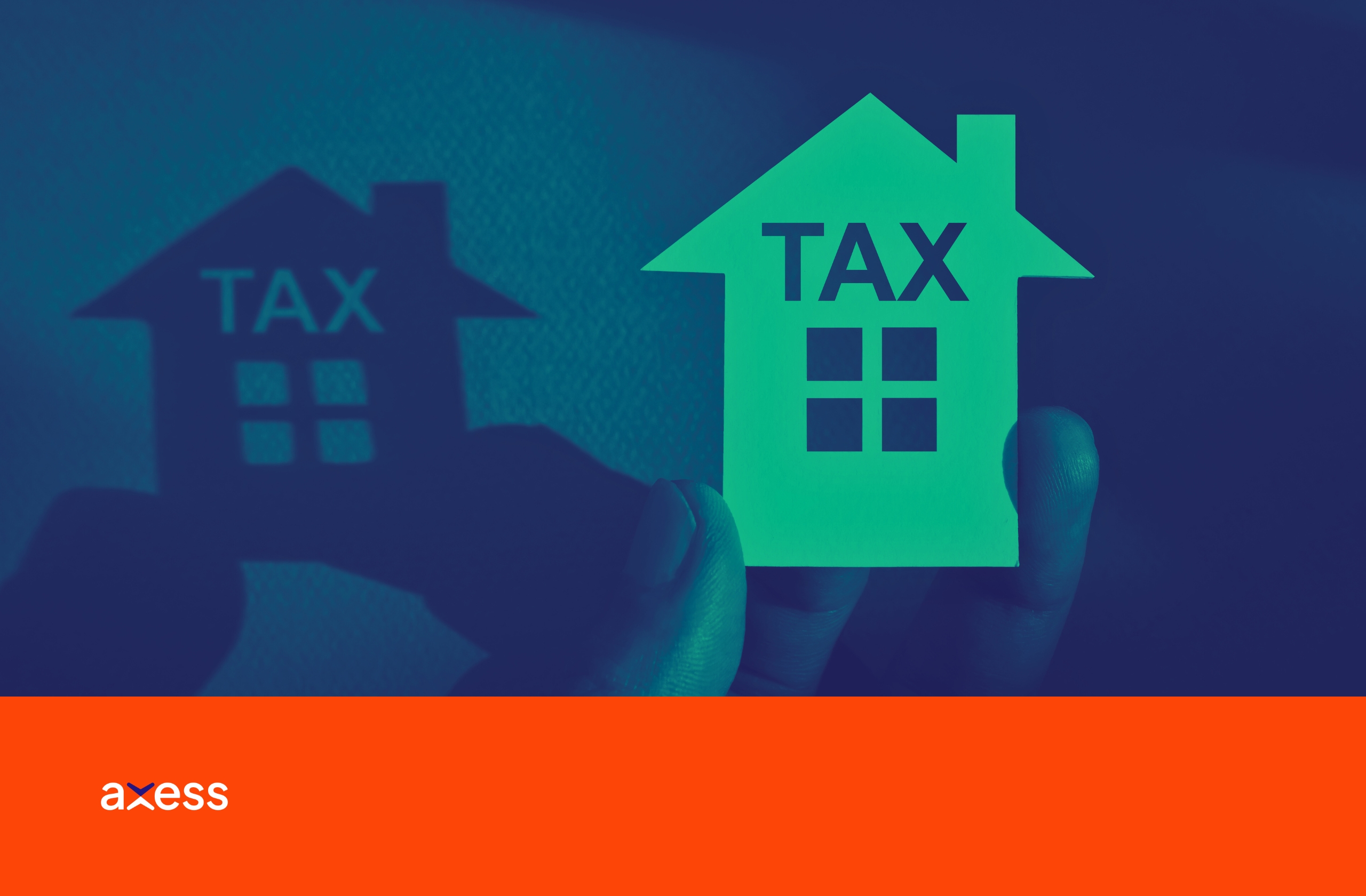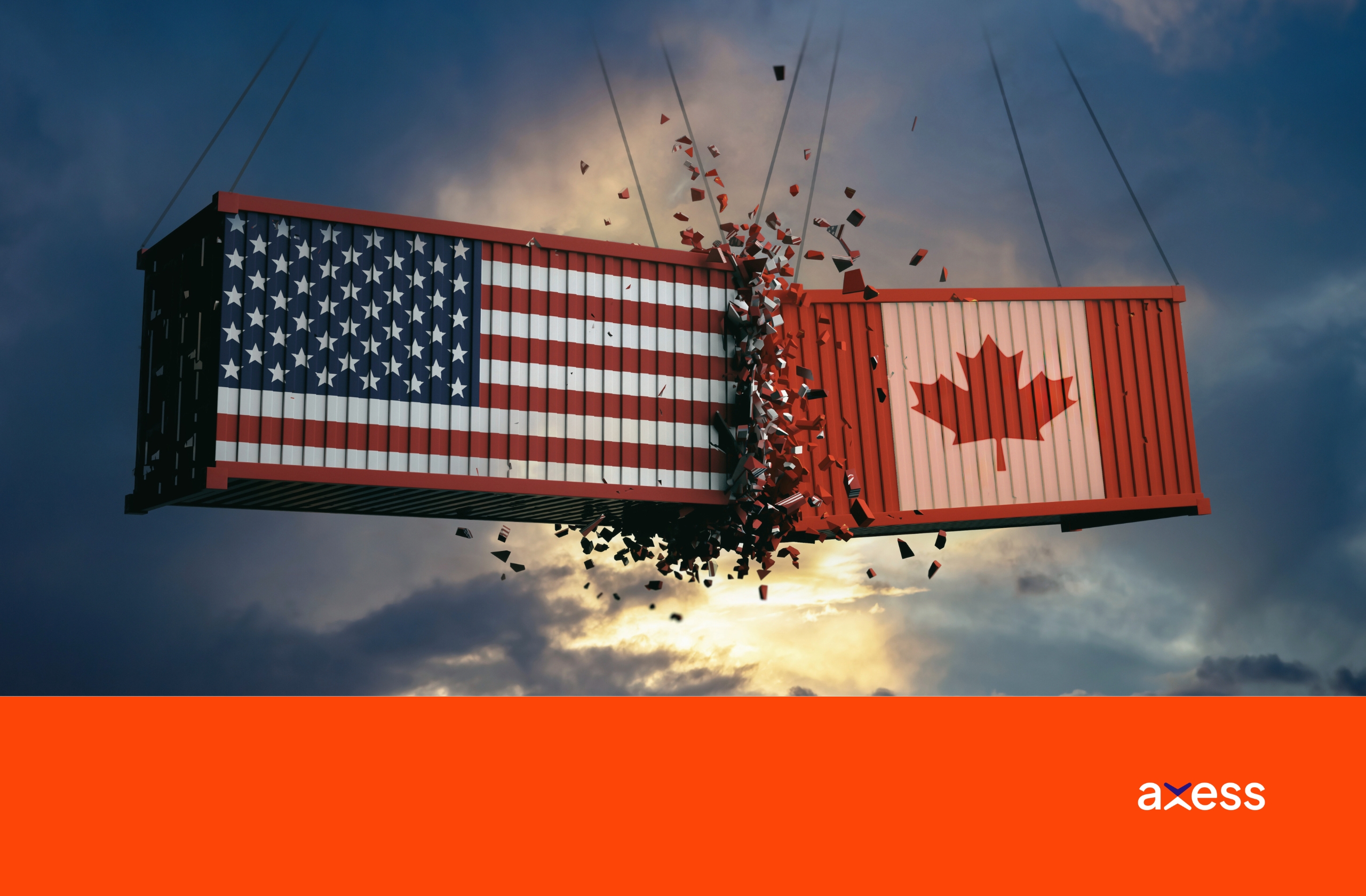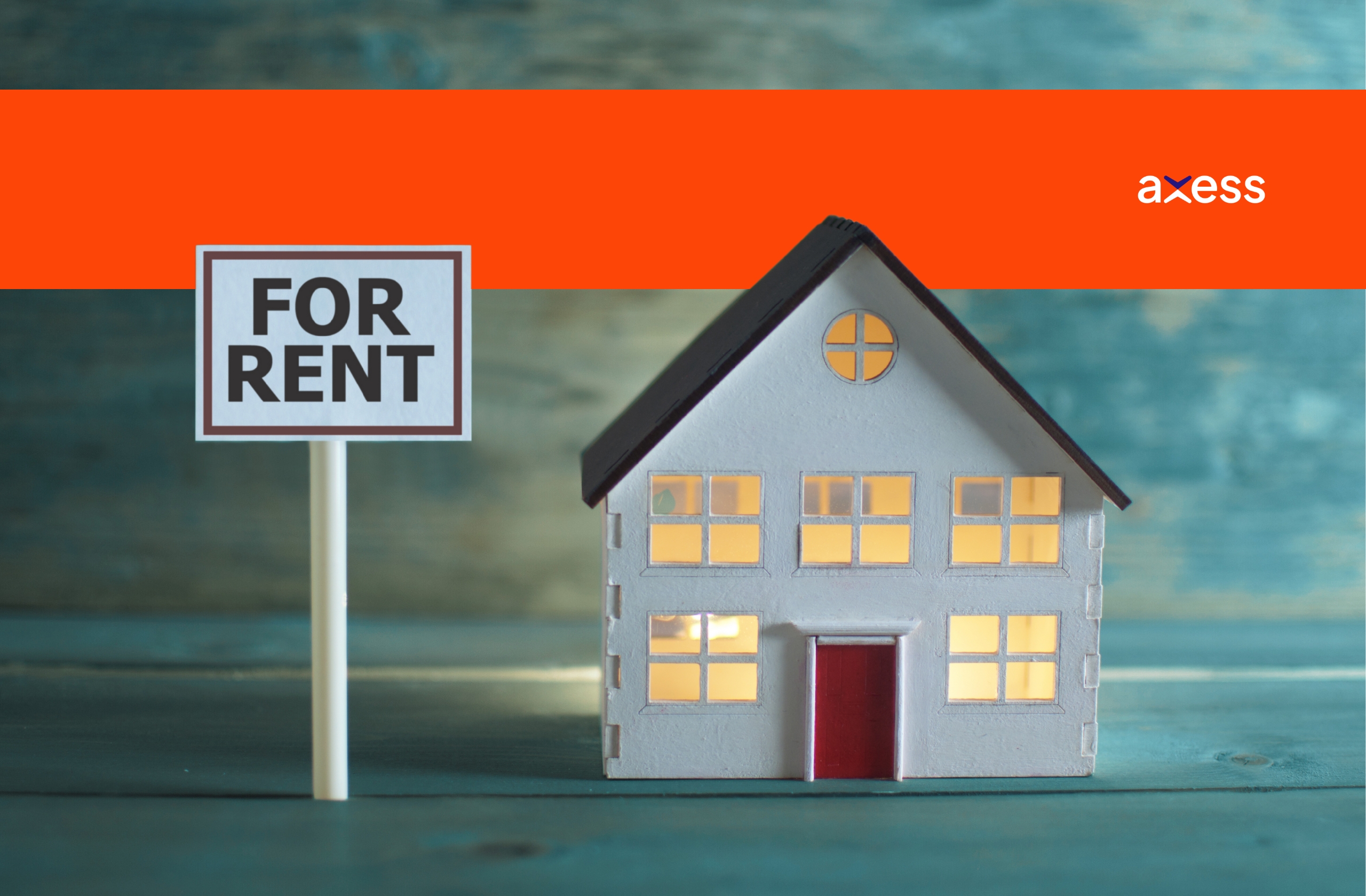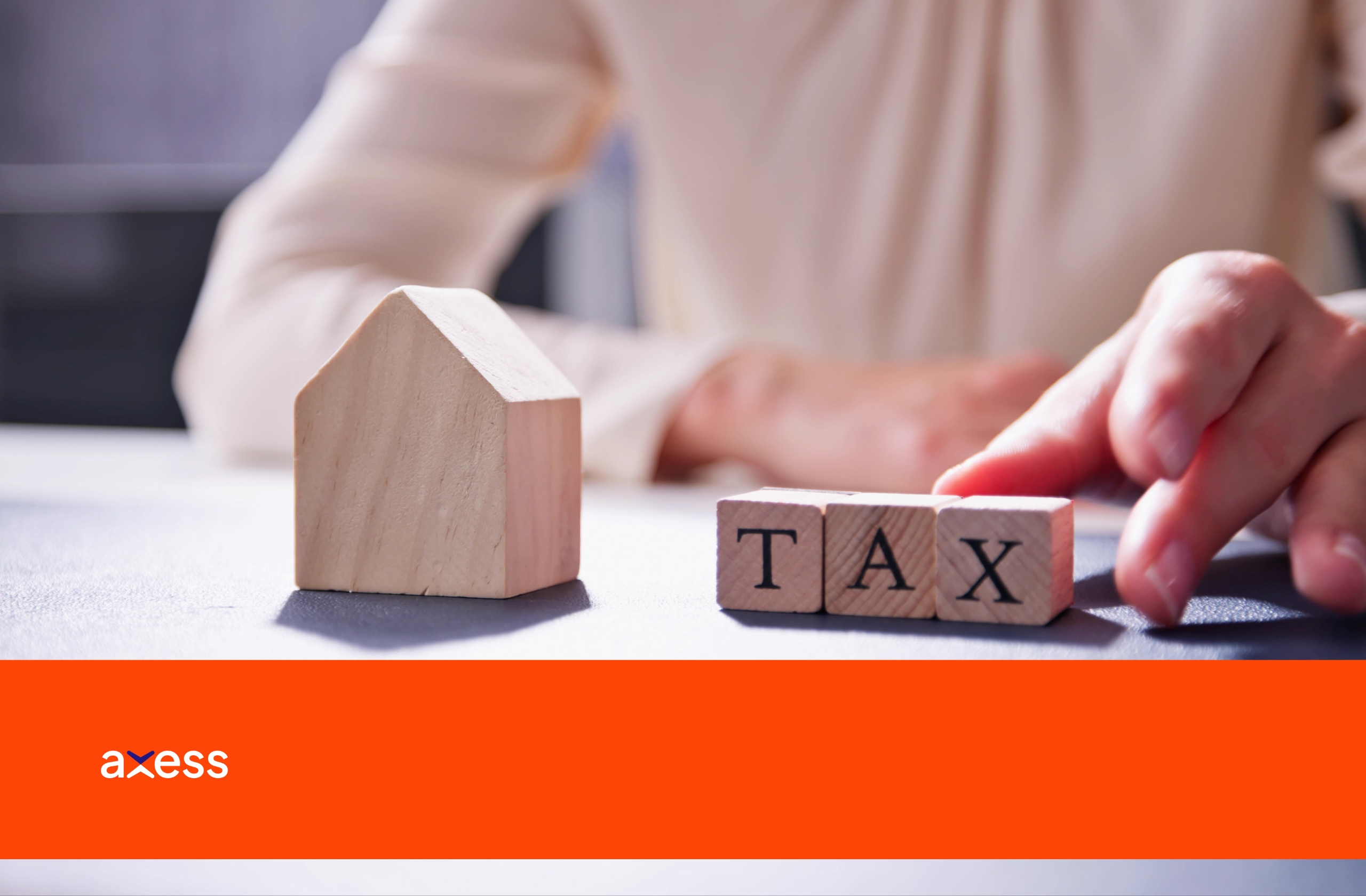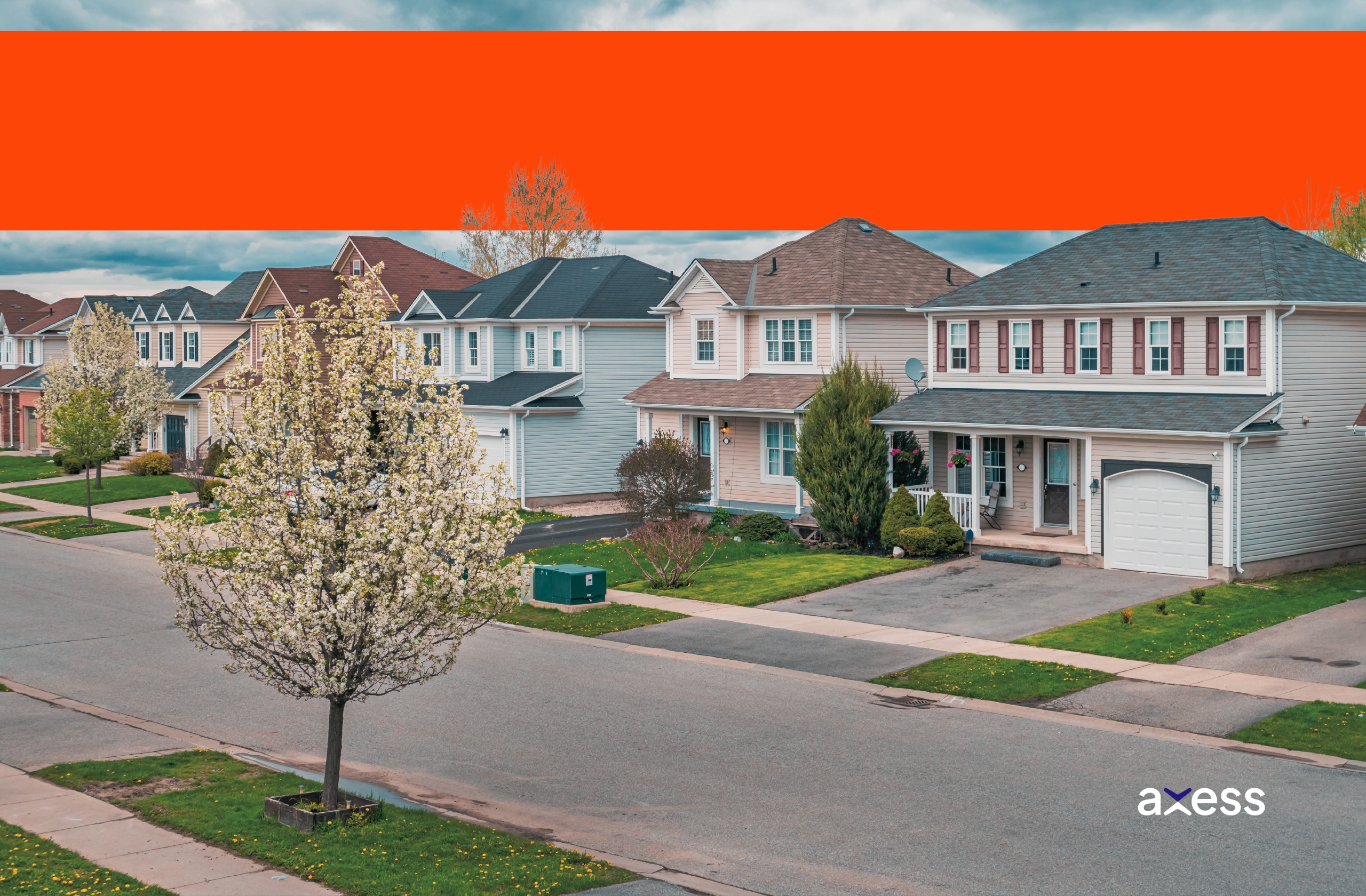Mortgage Tips for Buying Ontario Farms or Lakeside Lots
Published on 27 July 2020, 03:02:03 PM
Mortgage interest rates are at their lowest. Now could be the time to build the single family home of your dreams by buying a lot in the country or at the lake. It’s just one way to stretch your mortgage money.

Getting a Place at the Lake
You can be worlds away from The Big Smoke Toronto living lakeside or in rural Ontario, yet close enough to enjoy urban conveniences. Getting a mortgage is not that hard and the living is easy at places like Wasaga Beach, Norland or the Kawarthas. Build a home and live in it? You can do it.
Higher Risk, Higher Down Payments
Down payments for lake and rural lots are higher because mortgage lenders take bigger risks. Selling a vacant lot takes longer when an owner defaults — and land zoning changes could reduce a lot’s resale value. Assuming you buy and hold to build a home later, you’ll need 30% to 40% down for a lot with municipal services (water, sewer, power, gas) or 35% to 50% for lake or rural lots with no services or a septic system.
Funding Options for Buying Land or Lots
Using equity in your home, asking a seller to take back the mortgage or a short-term land lease with option to purchase can get you onto a lot without a conventional mortgage.
Get a Construction Loan in Ontario
If you plan to build right away, get a “construction to permanent” loan.
- You get a credit line to buy the lot.
- Make interest-only payments on up to three construction draws – money advanced when a home is 35%, 65% or 97% complete.
- Get a fixed or variable rate mortgage when the home is done.
If you do buy and hold, you’ll pay extra for a first loan to buy the lot and a construction loan to build later on. Building right away saves you the extra closing costs of having two mortgages.
Making Down Payments for Construction Loans
Down payments can be as low as 5% to 10% for a high-ratio Canada Mortgage and Housing Corporation (CMHC) construction draw loan for a principal residence. Starting July 1, you’ll need a credit score of at least 680, fewer debts and your own down payment (no borrowed money) to qualify. Conventional owner-builder loans give you credit for “sweat equity” you put into your home. Considering building to reduce your down payment.

Qualifying for a Construction Loan in Ontario
Provided you have no debts and a decent down payment, you could qualify for loans of up to 50% of your gross monthly income. Subtract debts such as car loans to come up with your maximum loan amount. For example, if a car loan takes up 10% of your income, the maximum you can borrow is 40% of gross. Deduct 100% of your current mortgage payments from the loan amount if you plan to sell before the new mortgage comes due or 70% to 75% if you expect to keep and rent your old home after you move out.
Passing the Mortgage Stress Test
CMHC has been tightening up mortgage lending rules to reduce Canadian’s debt. Stress tests for all mortgages require you to qualify for 2% more than the mortgage interest rate you’re offered, just in case rates go up after you buy. A mortgage broker can help you figure it out.
Renting or Waiting to Sell During Construction
Paying rent or a mortgage while your home is under construction can take some juggling. Be sure you can afford those interest-only payments. You may want to give yourself extra cash for unexpected building expenses by selling and renting until your home is ready.
Put a Mobile Home on It
Check zoning bylaws before you buy a mobile home for temporary or long-term use. Financing is available for homes on permanent foundations, but stricter mortgage lending rules may force you to get a private mortgage at premium interest rates when you refinance. CMHC withdrew from mobile home refinancing in 2017.

Starting a Hobby Farm
More adventurous yet? Hobby farming gives you a place to live and income. Banks can arrange a conventional mortgage or get a private mortgage from family or investors. Specialized lenders like Farm Credit Canada finance start up ventures with credit lines and loans for land, buildings and equipment. You’ll need 20% to 25% down. Beginning farmers qualify for up to $500,000 or agricultural co-ops $3 million under the Canadian Agricultural Loan Act to buy a farm, construct or repair buildings and get livestock and equipment. Ask at your local bank.
Hidden Costs of Building a Home
Remember to budget for building permits, site preparation, cost overruns (15%), realtor commissions, appraisal fees, land transfer tax, legal fees (Axess Law has low-cost flat rate fees), mortgage broker fees to buy raw land or HST/GST to build a custom home.
Affordable Legal Fees for Mortgage Refinances
Axess Law Ontario real estate lawyers charge flat rate legal fees when you refinance a mortgage. Video conference with our licensed Ontario lawyers from anywhere in Ontario to discuss your refinance. Dial toll free to 1-877-552-9377 or 647-479-0118 in Toronto or use our online booking form to make day or evening appointments, 7 days a week. In person appointments can be arranged at our Toronto, Scarborough, Vaughan, Etobicoke, Ottawa, Mississauga Winston Churchill or Mississauga Heartland law offices.
Click here to learn more about Axess Law’s real estate law services.

